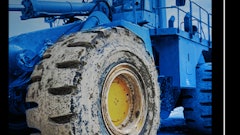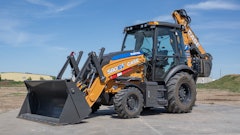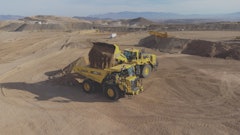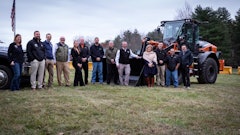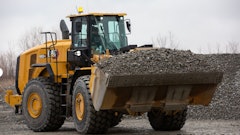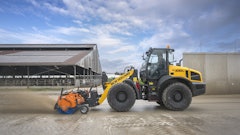
Compact utility loaders (CULs) are incredibly versatile and can simplify construction, demolition, landscaping and hardscaping tasks. Read on to learn how adding a CUL to your rental fleet could benefit your operation—and your customers.
Who Rents Compact Utility Loaders?
Rental fleets will find that a CUL is often the perfect fit for contractors and DIY homeowners looking to complete a variety of jobs—including tilling, hauling material, trenching and breaking up material.
A CUL can function as an additional—and much stronger—set of hands that will simplify many projects around the jobsite or the home. For example, a CUL can easily haul materials that previously would’ve been hauled manually with a wheelbarrow, instantly increasing productivity on landscape and hardscape projects.
What Should Rental Houses Consider when Purchasing CULs?
Picking the right CUL models for your fleet is important. Consider ease of use. Simple, intuitive controls allow customers to get right to work without needing to figure out the machine itself.
Consider the types of jobs your customers most often work on. Do you primarily rent to contractors operating in tight spaces or hard-to-reach places that create a need for maximum maneuverability through features like true spin-turn or four-wheel drive? Are tracks needed? What operating capacity and lift height will be required? Would a ride-on or walk-behind configuration be a better solution? Is there a need for zero engine exhaust emissions? Are there any auxiliary attachment requirements or uses? These are all questions that will determine the right CUL model for your fleet.
To ensure you have the right model on hand for any application, we advise investing in several CULs with various rated operating capacities. For homeowners who have never rented a CUL and are looking to try one out for smaller projects, consider a CUL that provides a low ground pressure, which is easy on turf and designed with all experience levels in mind. Its power is harnessed in three easy-to-use controls, which make it simple for any worker to step up and be productive immediately.
For more experienced homeowners or contractors with a larger job at hand, consider a CUL with a higher operating capacity that delivers game-changing performance for a variety of tasks. If you often have contractors looking for serious power in a compact footprint, a more powerful CUL will fit the bill.
Finally, consider investing in a battery-powered CUL. Equipment that operates with zero engine exhaust emissions opens up an entirely new world of applications, such as interior construction and demolition, commercial flooring, landscaping and urban renovation jobs. Plus, like all battery-powered equipment, there’s a lower total cost of ownership due to significantly reduced maintenance and fuel savings.
What are the Most Popular CUL Attachments?
The most popular attachment options are augers, various buckets, forks and grapples, but the real magic about CULs is they can perform a multitude of tasks on the jobsite with a simple changeout of attachments.
For example, a CUL with the right attachments can replace a dedicated trencher, tiller, auger and more. Commonly requested attachments include the standard bucket, narrow bucket, light materials bucket, adjustable forks, multipurpose tool, hydraulic breaker, grapple, leveler, utility blade and auger attachment—just to name a few.
How can Rental Centers increase CUL Demand?
Customers are looking for rental centers to be experts when it comes to equipment and best practices. Knowing the possibilities and limitations of equipment offerings is essential. CULs can instantly increase productivity of any project and, with intuitive controls, can be operated by almost anyone, no matter their level of experience. Ensuring customers are aware of the flexibility and ease of use of CULs can increase demand and ultimately ROI.
In addition, asking the right questions and encouraging the customer to be as transparent as possible when it comes to the specifics of their project can help build trust and match the right piece of equipment to the job at hand. Listening to the customer and offering advice when appropriate will help the rental house to earn trust and encourage contractors and homeowners to come back for any project they may be undertaking in the future.



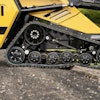
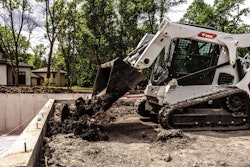
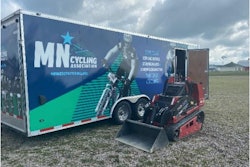
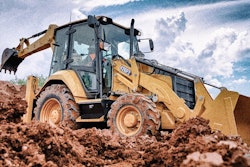
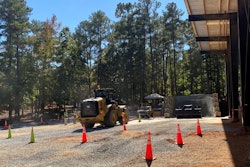
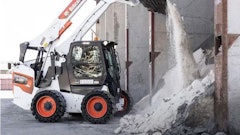
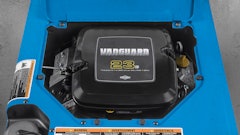


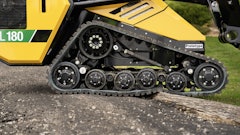
![Hcm Ax Landcros Dual Branded Logo[25]](https://img.forconstructionpros.com/mindful/acbm/workspaces/default/uploads/2025/11/hcmaxlandcros-dual-branded-logo25.Qhg3vUCjoK.jpg?ar=16%3A9&auto=format%2Ccompress&bg=fff&fill-color=fff&fit=fill&h=135&q=70&w=240)
